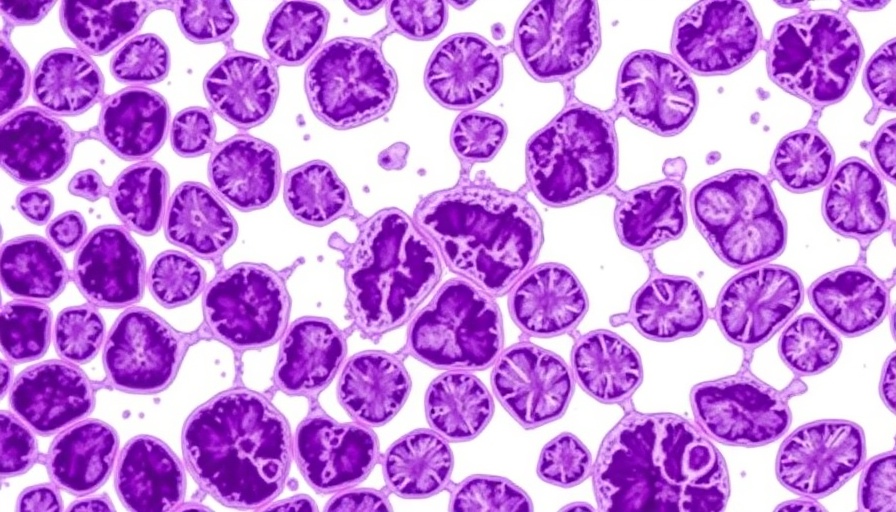
Datroway’s Revolutionary FDA Approval for NSCLC
The FDA has granted accelerated approval to datopotamab deruxtecan-dlnk (Datroway, developed by Daiichi Sankyo) for specific patients grappling with locally advanced or metastatic epidermal growth factor receptor (EGFR)-mutated non-small cell lung cancer (NSCLC). This innovative therapy is primarily aimed at adults who have previously undergone treatment with an EGFR-directed therapy and platinum-based chemotherapy, showcasing its targeted approach in tackling this challenging cancer type.
Understanding Datroway’s Mechanism
The recently approved drug combines a Trop-2-directed antibody with a topoisomerase inhibitor, creating an antibody-drug conjugate. This combination is designed to enhance the drug's efficacy against NSCLC by precisely targeting tumor cells while minimizing toxicity to healthy tissues. The approval signifies a major milestone for patients who often have limited treatment options after exhausting traditional therapies.
Breakthrough Results from the TROPION Trials
The FDA’s approval was largely based on promising results from a pooled subgroup analysis of 114 patients involved in the TROPION-Lung05 and TROPION-Lung01 trials. Within this cohort, a striking 45% overall response rate was observed, accompanied by a median duration of response lasting 6.5 months. Such positive outcomes underscore the drug's potential as a vital treatment for patients at advanced stages of NSCLC.
Contextualizing Approval Amidst Challenges
Despite this triumph, the pathway to approval has not been without hurdles. AstraZeneca, which is developing Datroway alongside Daiichi Sankyo, previously faced challenges in Europe, where a marketing authorization application was withdrawn. The decision followed feedback from regulatory bodies indicating that the drug did not significantly improve overall survival rates for NSCLC patients. This backdrop of fluctuating fortunes enhances the significance of the recent FDA green light, marking a crucial win in the drug's journey.
Implications for Patient Care
The introduction of Datroway could represent a shift in therapeutic strategies for NSCLC, particularly for those with EGFR mutations. By focusing on personalized medicine, which tailors treatments based on individual tumor characteristics, this approach emphasizes the need for continued innovation in oncology. Future treatments may leverage this knowledge to further enhance patient outcomes and survival rates.
Considerations for Patients and Oncologists
While the potential benefits of Datroway are substantial, patients and healthcare providers should also be vigilant about possible side effects. Full prescribing information will detail precautions concerning risks such as interstitial lung disease, ocular adverse reactions, stomatitis, and embryo-fetal toxicity. Awareness of these risks is essential in weighing the benefits against potential harms.
For patients navigating the complex landscape of lung cancer treatment, understanding options like Datroway underscores the importance of informed decision-making. Consulting healthcare professionals about this advanced therapy can empower patients to pursue the most effective treatment strategies tailored to their unique situation. As the landscape of cancer therapies continues to evolve, staying updated on emerging treatments is crucial.
 Add Row
Add Row  Add
Add 




Write A Comment